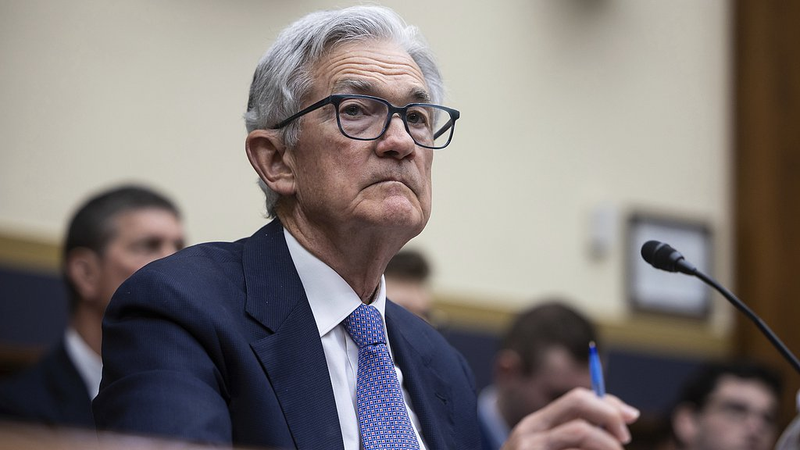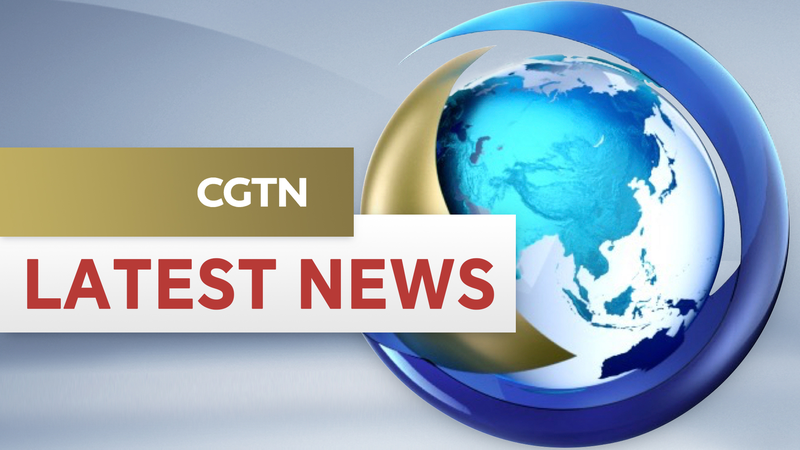When U.S. Federal Reserve Chair Jerome Powell took the stage before lawmakers this week, he delivered a clear message: the Fed will hold off on cutting interest rates until it fully understands how recent tariffs will ripple through the economy.
"For the time being, we are well positioned to wait to learn more about the likely course of the economy before considering any adjustments to our policy stance," Powell said, pushing back on calls for immediate rate relief from President Donald Trump.
Powell emphasized that while the Fed does not take sides in trade policy, its mission is to keep inflation in check. With tariffs likely to drive up prices, the central bank expects to see their full impact unfold in the coming summer months when June and July data arrive.
Economists are watching closely. If tariff-driven price increases prove smaller than forecast, the Fed could be ready to ease policy sooner. Yet if inflation heats up, any rate cuts may be pushed further out.
Beyond interest rates, consumer sentiment is already showing strain. First quarter GDP growth in the U.S. eased, and household spending slowed. A recent TransUnion survey of nearly 3,000 Americans in May found that 27 percent of respondents are pessimistic about their family finances over the next year, up from 21 percent in late 2018. Inflation topped the list of concerns for 81 percent of participants, and worry over recession reached a two year high.
"There is a very clear correlation between that pessimism and the uncertainty that is coming from the tariffs," noted Charlie Wise, head of global research and consulting at TransUnion.
Whether you are an entrepreneur in Berlin seeking affordable credit, a startup founder in Mumbai tracking funding rates or a digital nomad planning your next adventure, Powell call to wait and see underscores how U.S. monetary policy ripples across global markets.
As the Fed keeps rates steady at 4.25 to 4.5 percent, all eyes are on tariff developments, incoming data and the balance of risks. In a world of interconnected economies, this cautious stance highlights how trade policy now shapes the direction of monetary policy and our global economic outlook.
Reference(s):
Powell says U.S. Fed can wait on rate cuts due to tariff impacts
cgtn.com




